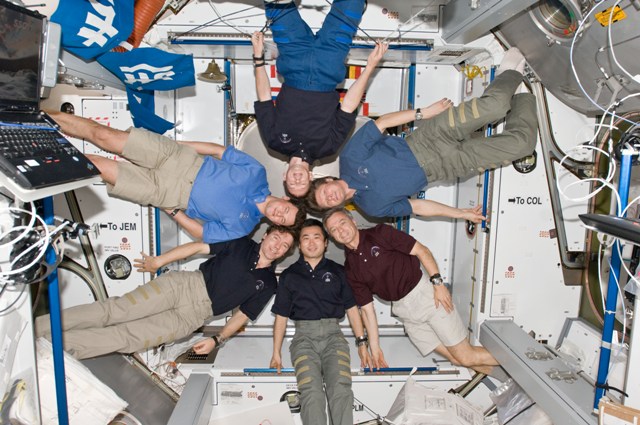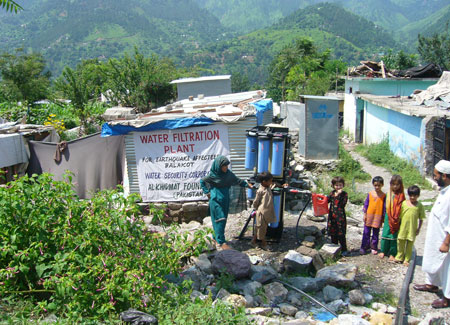I often have the opportunity to do interviews with reporters who are interested in the kind of research happening on the International Space Station. Sometimes they are veteran space reporters, other times they are new and just learning about space research for the first time.
Regardless of their past experience, they often ask me for evidence that research on the space station is worth the cost. It is a simple question, but a misleading one. This is because it counts every penny on the cost side, but fails to account for the multiple benefits in addition to research results: international cooperation, engineering accomplishments, and research accomplishments.
The space station already benefits the country and the world through its construction and operation—even if it were never used as a laboratory, this would still hold true. We should not lose track of the power of daily international cooperation in constructing, operating and using the space station. The fact that this cooperation is on the cutting edge of space technology and for peaceful purposes amazes the previous generation, but is business as usual for us today. I work closely with colleagues at the main partner agencies, including Russia, the European Space Agency, Japan, and Canada; over 59 countries have participated in space station research or education activities through 2010.

Crewmembers from ISS Expedition 20 represent five nations and the five partners in building the International
Space Station: Belgium (European Space Agency), Canada, Japan, Russia, and the United States.
Image courtesy of NASA: ISS020e008898
The value of the space station as an engineering accomplishment should also not be underestimated. Common standards allow parts manufactured all over the world to interchange and connect flawlessly the first time they meet in orbit. Year round operations, 24 hours a day, 7 days a week, have now extended for 11 years, and we have more than a decade ahead of us. The various life support technologies developed for station provide redundant capabilities to ensure the safety of the crew. They also provide technology advances that benefit people right here on Earth—for example, new compact technologies provided water purification after earthquakes in Pakistan and Haiti.

Water filtration plant set up in Balakot, Pakistan, following the earthquake
disaster in 2005. The unit is based on space station technology and processes
water using gravity fed from a mountain stream.
Image courtesy of the Water SecurityTM Corporation
Even if we could place a monetary value on peaceful international cooperation and engineering advances from building and operating spacecraft, finding the true long-term payoffs of scientific research is very challenging. Some items could be tabulated as direct benefits from space station research—things such as new materials and products that can have a measurable market impact. Beyond the obvious items, however, the calculations get fuzzy. New products can lead to long-term economic value by making safer vehicles, by extending human life, and even by advancing the quality of life. What might appear as esoteric knowledge may indeed be the first critical steps on the path to a high-value breakthrough. Let us not forget indirect benefits from educational activities, job creation, and economic growth, as well. Colin Macilwain wrote a great critical review of the general challenges of valuing the worth of science in Nature last June, Science Economics: What Science is Really Worth, which I recommend for those interested in the challenge of valuing science.
In the coming weeks I will share with you stories of some of the direct benefits that I see coming from space station research. These developed from the modest research throughput during the station assembly period, prior to the full use of the finished laboratory we have today. Based on publications so far, most space station experiments take 2-5 years post-laboratory to publish results. New products related to these results take another 5-10 years or more to transition to a direct benefit. In fact, the space station will be deorbited before an accounting can be completed.
Along this journey, there are some really exciting possibilities emerging. I invite you to browse developments from space station research via our key results Web site, as we monitor the progress from knowledge to direct benefits.
ISS Program Scientist
